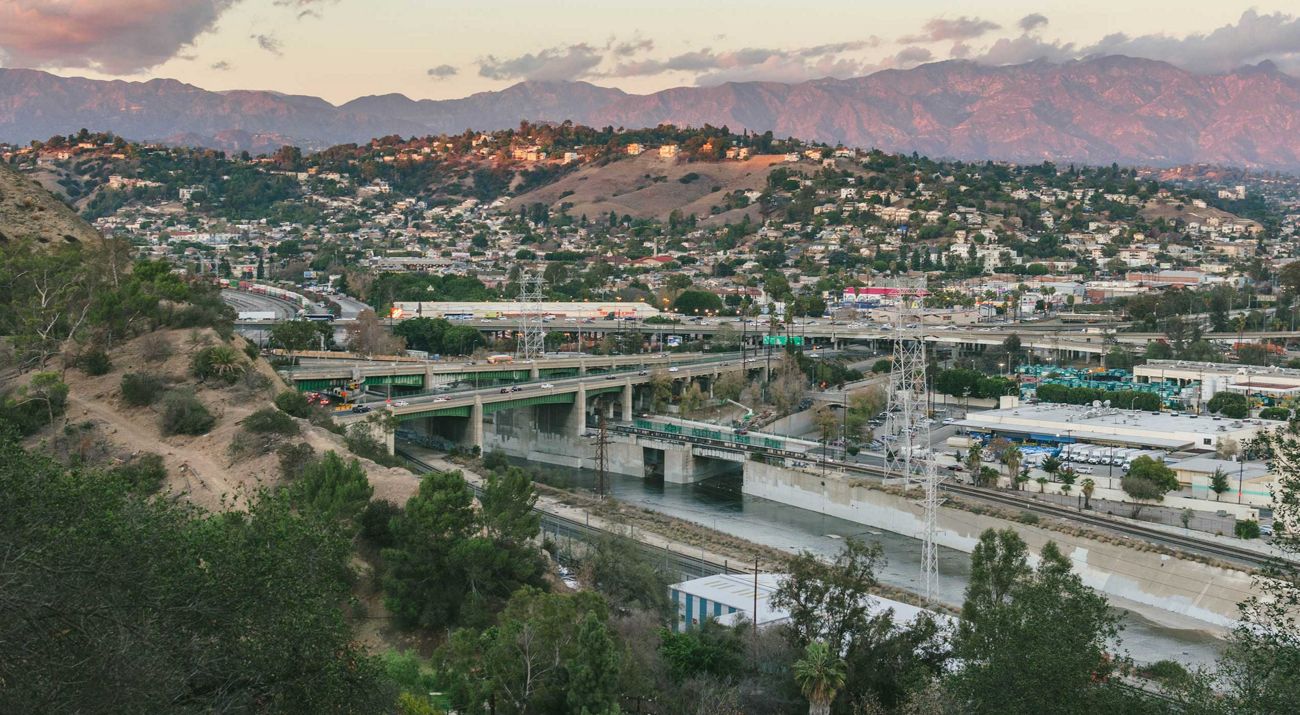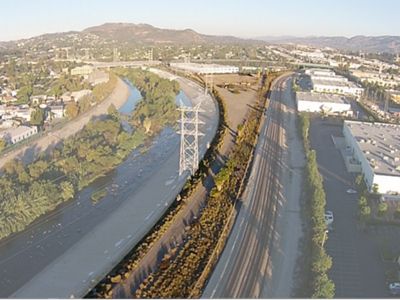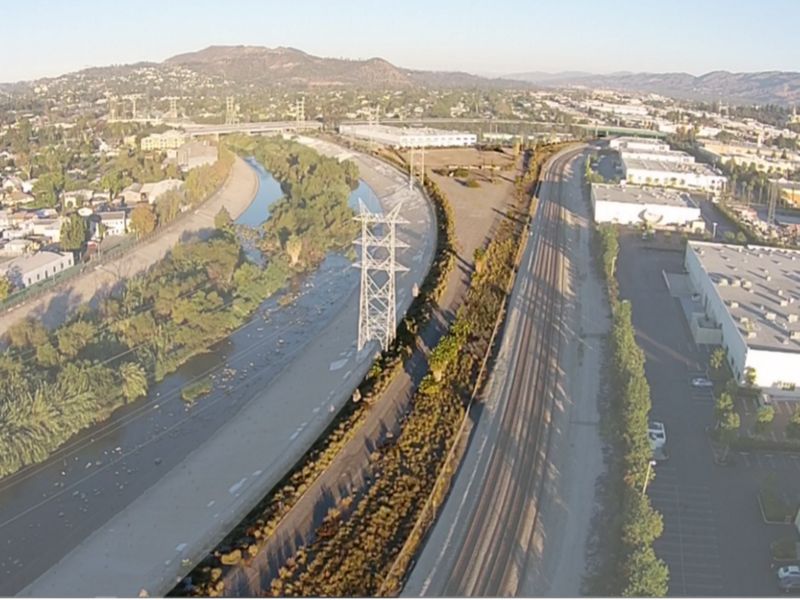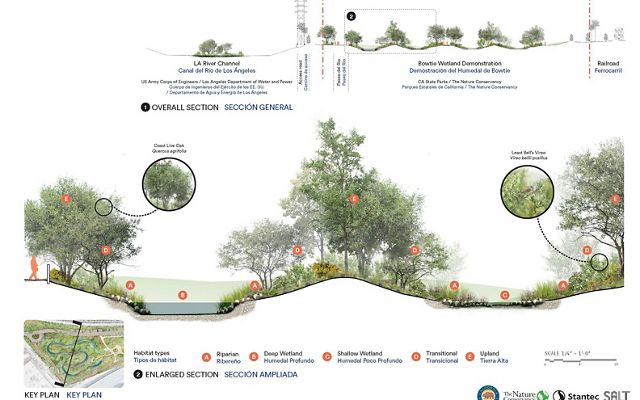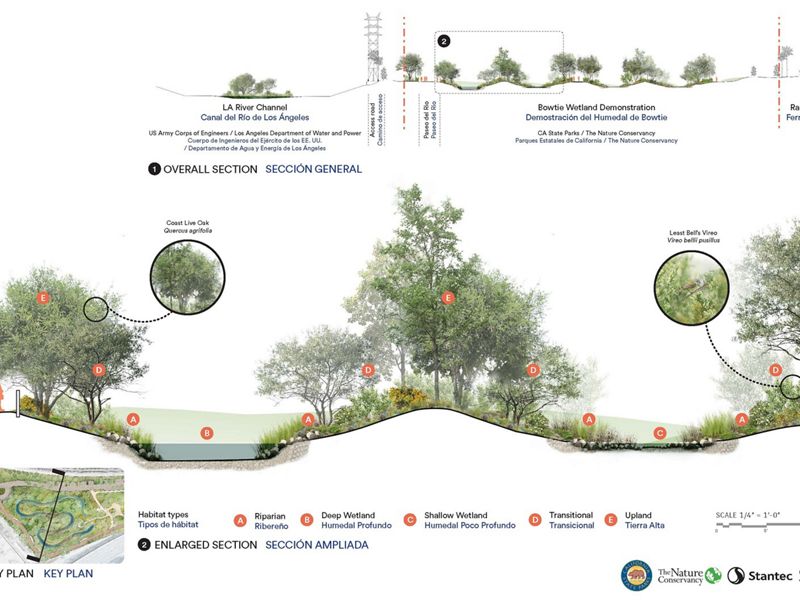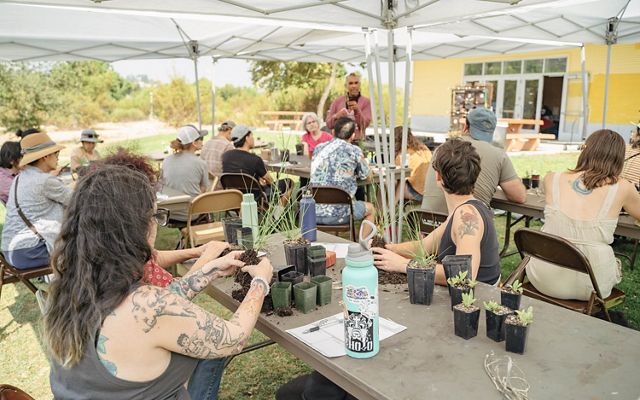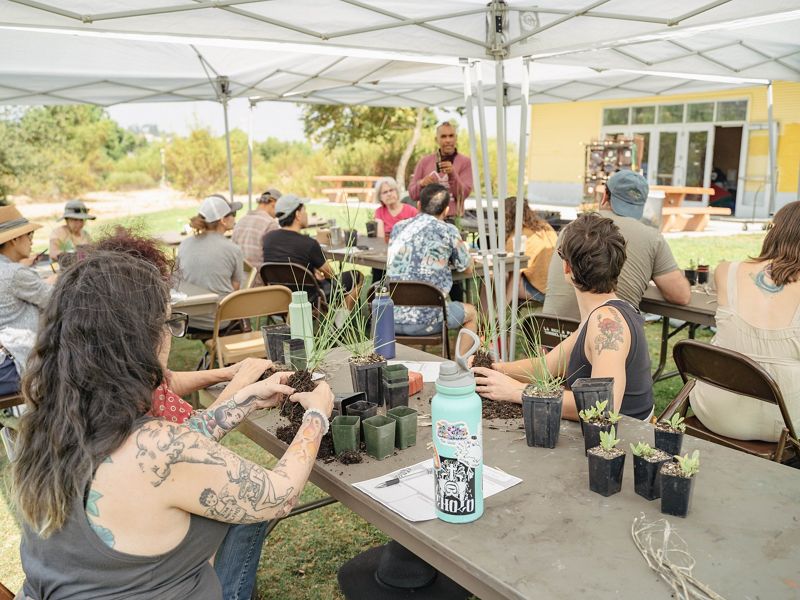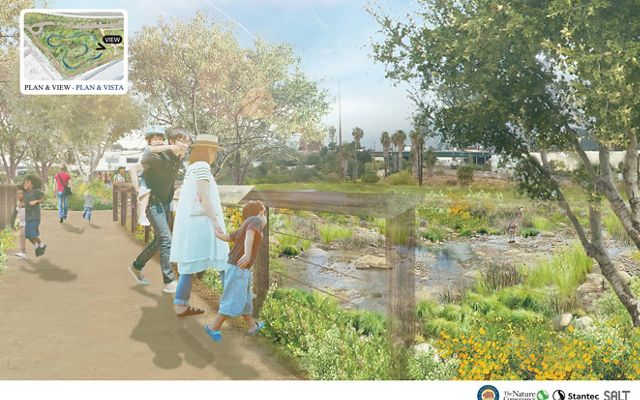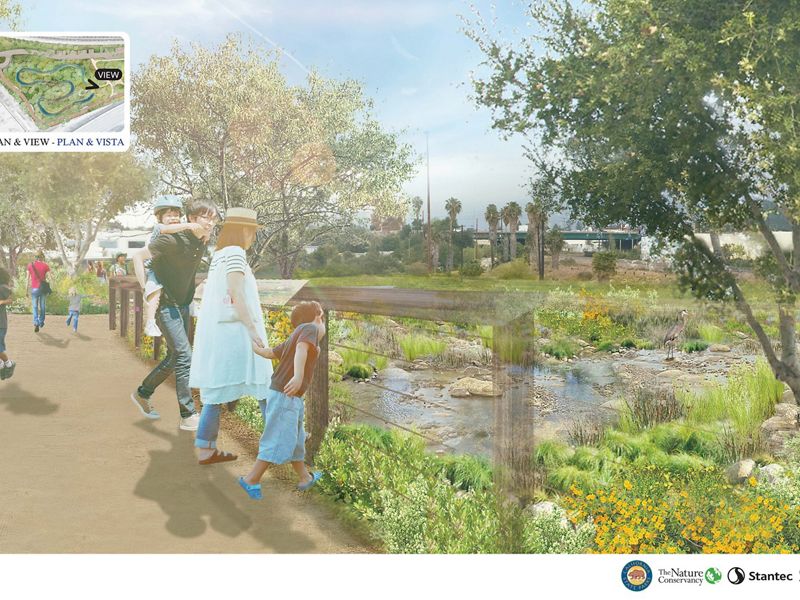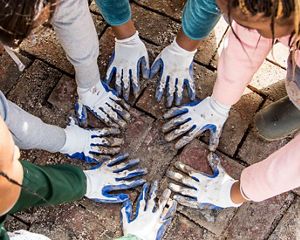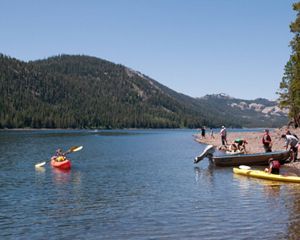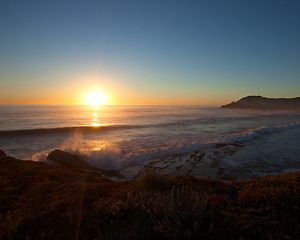Pioneering Climate Solutions in Los Angeles and Beyond
TNC is working in L.A. to demonstrate what nature-based climate solutions can do for cities—and what cities can do for nature and climate change.
In the coming years, billions of dollars will be invested to upgrade infrastructure and address climate change in cities and other urban environments. We have the opportunity to bring nature into this effort.
TNC applies nature-based climate solutions to transform critical elements of city life through infrastructure based on natural systems and processes. Projects like constructed wetlands, urban forests and increased open space can help clean water and mitigate heat, while providing additional benefits such as flood protection, carbon storage, habitat for wildlife, recreational opportunities and cleaner air.
Our Strategy
Now is the time to catalyze a new era of urban conservation. By addressing the need for new science, policy and funding frameworks across California, TNC aims to create a scalable conservation model that can be applied in cities and communities around the world. Our team is driving change through three key strategies:
-
Demonstration projects serve as proof of concept and build evidence for the power of nature-based science and the importance of financial incentives to accelerate their implementation. Our work in Los Angeles County aims to demonstrate that nature and infrastructure don’t have to be at odds—they can come together in hybrid solutions that result in multiple benefits. We are also developing the science to ensure that protecting wildlife is factored into decision making about investments in nature-based solutions.
-
In order for TNC to achieve our ambitious vision for tackling climate change, it is critical that we build partnerships. We are committed to facilitating greater coordination among key partners and engaging vulnerable communities throughout the course of our work. These partnerships will help us to accelerate implementation of California’s goals for nature-based climate solutions and leverage those beyond the state.
-
Though nature-based climate solutions ultimately save money, they can be expensive to develop initially, so we need to help Los Angeles County create new ways to finance these projects. TNC is working to reduce barriers to restoration and increase financial incentives for nature-based climate solutions and conservation. We advance policy aimed at securing the long-term funding necessary for projects to bring lasting benefits to the region. We are working to shift the current infrastructure paradigm so that nature-based climate solutions, or natural infrastructure, become a priority over traditional approaches.
Bowtie Wetland Demonstration
TNC has supported prioritizing restoration projects along the L.A. River that enhance habitat, prevent housing displacement, provide public access to parks and open space, and promote climate resilience. We aspire to create a highly visible new model for urban restoration where habitat, water treatment, public access and climate resilience combine in one place to demonstrate what the future of the L.A. River and surrounding region could be.
The Bowtie Wetland Demonstration will transform a former railyard along the L.A. River into an open space filled with native plants and walking paths. The project combines natural systems and traditional gray infrastructure to bring ecological processes back to an urban watershed. Water will be diverted from a storm drain and treated underground to reduce pollutants and sediment. It will then be pumped into a constructed wetland, which will further filter the water. Some clean water will remain for wildlife habitat or onsite irrigation and the rest will flow into the river.
The project’s many benefits include improving water quality, reducing urban heat, increasing resilience to drought, improving public access and supporting native species. Equally important, it allows TNC to demonstrate and measure the benefits of nature-based climate solutions, which is critical in order to accelerate the pace and scale of their implementation.
Partnering with Frontline Communities
Nature-based climate solutions in urban areas offer a unique and essential opportunity for advancing equity. The Bowtie Wetland Demonstration provides public green space access in a densely populated and highly urban neighborhood, but the project’s success depends on building a meaningful partnership with the surrounding communities. It’s a valuable chance to push back against decades of disinvestment that made the area vulnerable to climate change, prevented communities from participating in decision-making around the resources they depend on and fostered distrust in government and NGOs.
The Bowtie Wetland Demonstration seeks to model an alternative norm for conservation projects, one that advances transparency and equity grounded in partnerships with frontline communities.
Understanding Urban Wildlife
The L.A. River is Los Angeles’ most visible water management infrastructure and the conduit for most of the stormwater runoff generated in the county. It also provides critical habitat to native species and is an essential corridor through the urban environment for wildlife.

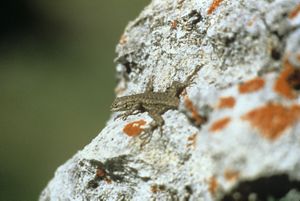
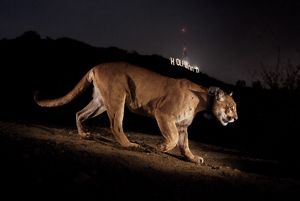
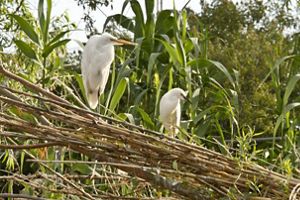
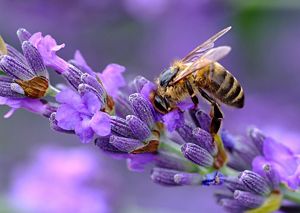

Western Toad: A western toad perches in wet soils. © Christopher Collier/TNC Photo Contest 2022

Western Fence Lizard: A western fence lizard rests on a lichen-covered rock at Big Sky Ranch near Simi Valley, Los Angeles County. © Nils Vidstrand

Collared cougar in CA: A remote camera captures a radio collared cougar in Griffith Park, Los Angeles, CA. © Steve Winter/National Geographic Creative

Egrets: Egrets are one of over 100 bird species found in Los Angeles. © Lara Weatherly

Bee: A bee pollinates a large lavender bush at the Los Angeles County Arboretum in California. © Greg Tucker
TNC collaborated with the Natural History Museum of Los Angeles to launch Biodiversity Analysis in Los Angeles (BAILA), a first-of-its kind study that displays the surprising biodiversity of L.A., even in its most developed neighborhoods. We hope that BAILA becomes a guide for planners and decision-makers by highlighting how infrastructure development has the potential to bring nature back to the city. We also hope it will guide individual project choices by showing developers how making strategic adjustments to their designs can benefit nature.
L.A. River Habitat Assessment
Over 12 months, we assessed 2.5 miles of the L.A. River and recorded:
-
100
More than 100 bird species, including the Least Bell’s Vireo
-
17
17 mammal species, including coyotes and five different bat species
-
7
7 reptile and amphibian species, including the western toad and Pacific chorus frog
-
167
167 plant species, including 62 native species
An Impact Beyond L.A.
L.A. is a political, cultural and economic leader, driving a bold innovation agenda in urban resilience and climate action. TNC aims to leverage L.A.’s prominence on the world stage by ensuring the region models how nature-based climate solutions advance ambitious urban sustainability goals. Through our work, we are creating a flagship example of what healthy cities and other urbanized areas can look like in a rapidly changing world.
